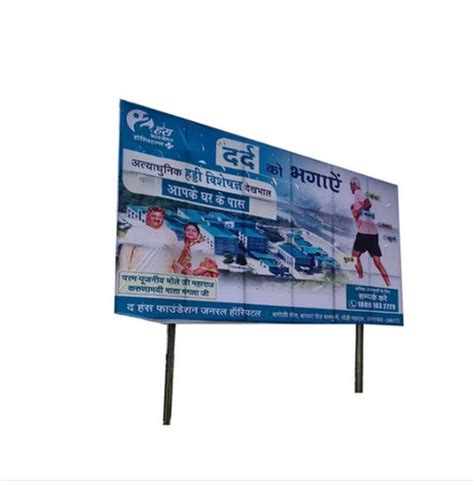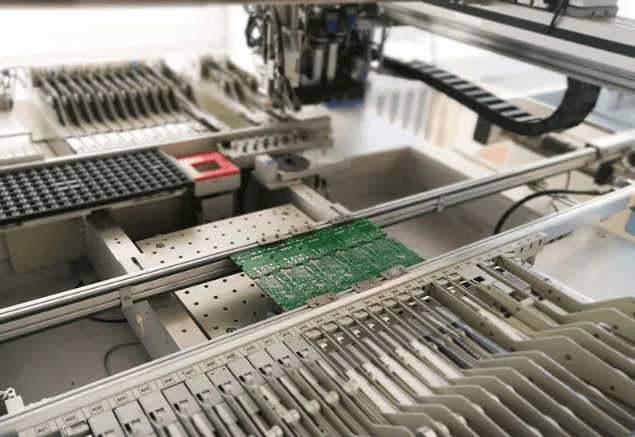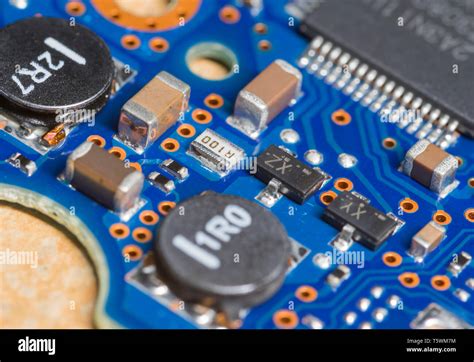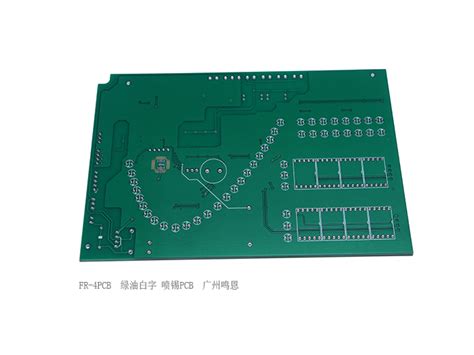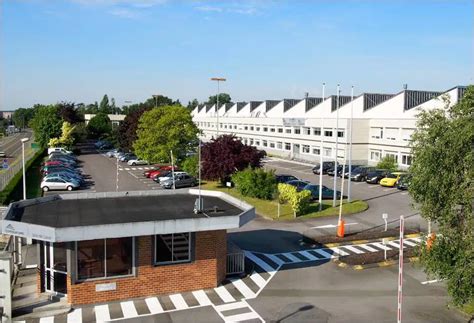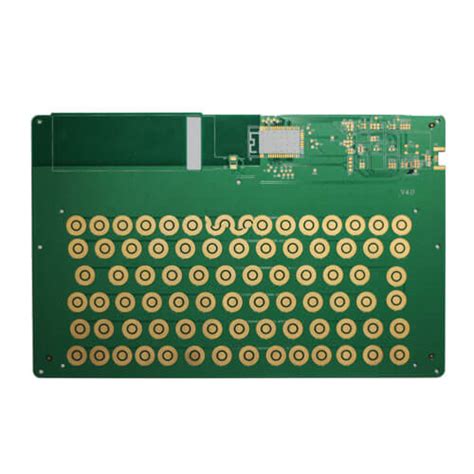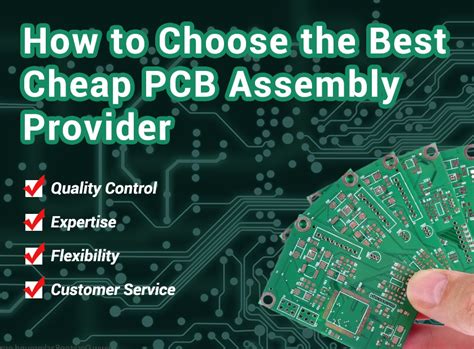Understanding Flex Board Fabrication Techniques and Processes
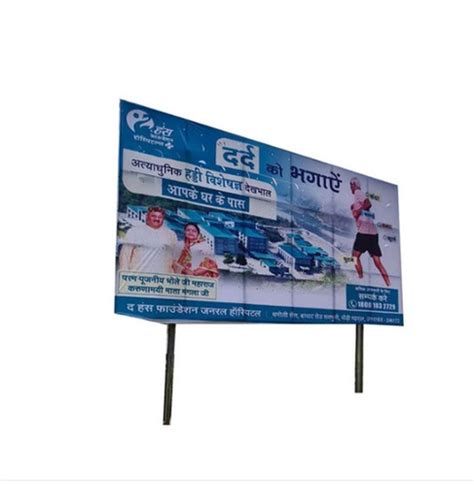
Key Takeaways
Understanding flex board fabrication is crucial for anyone venturing into the world of flexible circuits. As you navigate through the complex landscape of pcb manufacturing, keeping a few key insights in mind can significantly streamline your process. First, selecting the right materials is fundamental; materials should not only provide flexibility but also meet the pcb manufacturing cost requirements. Pay attention to the specifications of flexible printed circuit boards (FPCBs) to ensure compatibility with your design needs.
Additionally, when approaching design considerations, remember that flexibility in your layout can lead to innovative products but requires careful balancing with electrical performance. Ensuring that your designs adhere to industry standards will facilitate smooth transitions into production phases with reputable pcb manufacturing companies.
Moreover, it’s vital to familiarize yourself with common pitfalls in pcb manufacturing business settings; these could include issues like misalignment during fabrication or poor testing practices. Familiarizing yourself with best practices for testing and quality assurance can enhance the reliability of your final product by minimizing defects.
In summary, these takeaways serve as foundational steps for successfully navigating flex board production, enabling you to excel in creating innovative and effective flexible circuits while managing costs and quality effectively.

Introduction to Flex Board Fabrication
When diving into flex board fabrication, you’re stepping into a world where innovation meets practicality. Flexible printed circuit boards (PCBs) are a game changer in various industries, allowing for designs that bend and fit into compact spaces. Understanding the intricacies of this process starts with recognizing the importance of material selection. The right materials not only enhance flexibility but also impact the overall pcb manufacturing cost and efficiency of your project. It’s worth noting that when selecting materials, you must consider factors such as thermal stability, electrical performance, and mechanical properties.
The initial phase involves a thorough analysis of your project requirements and intended application, as the decisions you make here can significantly influence results. Many pcb manufacturing companies specialize in providing a range of materials tailored for flex circuit applications, which is key to optimizing performance while managing costs effectively. Remember, elements like substrate type, thickness, and surface finish play critical roles in determining the functionality and durability of your flex board.
One valuable tip is to engage with pcb manufacturing business experts early in your design process to explore how various choices can align with your technical and economic objectives. This collaboration not only streamlines production but also enhances overall design integrity. As you embark on this journey, keep an open mind about innovative possibilities that flex circuits present; they hold incredible potential to revolutionize electronic applications while providing innovative solutions for space constraints and functionality challenges in modern designs.
Material Selection for Flexible Circuits
Choosing the right materials for flexible circuits is crucial in the pcb manufacturing process, as it directly impacts performance, durability, and overall functionality. When selecting materials, you should consider factors such as flexibility, thermal stability, and electrical conductivity. Common materials used in pcb manufacturing include polyimide films for the substrate layer due to their excellent thermal properties and inherent flexibility. Additionally, you may opt for copper as a conductor due to its high conductivity, enhancing the efficiency of flexible circuit designs. Understanding the pcb manufacturing costs associated with different materials is essential; higher-grade materials can lead to increased durability but may also raise overall production costs. Engaging with reputable pcb manufacturing companies can provide insights into material performance and cost-effectiveness while ensuring that your design meets industry standards. Moreover, it’s essential to weigh your specific application needs against material characteristics, as some might be better suited for high-stress environments than others. By navigating these considerations thoughtfully, you can lay a solid groundwork for a successful pcb manufacturing business that delivers reliable and innovative flexible circuits tailored to various applications.
Key Design Considerations for Flex PCBs
When embarking on the journey of designing flex printed circuit boards (PCBs), there are several key considerations that can significantly impact the effectiveness and reliability of your final product. First and foremost, you should evaluate the mechanical properties of the materials you intend to use. Flexibility is paramount, so choosing a substrate that provides adequate durability without compromising on bendability is essential. PCB manufacturing companies often provide a variety of materials tailored for different applications, so custom selections can optimize performance based on your specific needs.
Additionally, think about the layout design; it plays a crucial role in ensuring that the flexible circuits can endure repeated bending without performance degradation or failure. Keeping trace lengths short and utilizing wider traces can help improve current-handling capabilities while reducing resistance. Don’t overlook the significance of design for manufacturability (DFM) principles, as they can help you control PCB manufacturing costs by simplifying assembly procedures.
Moreover, consider environmental factors such as temperature fluctuations and moisture exposure, which are critical in ensuring long-term functionality. You’ll want to specify protective coatings or treatments that enhance durability against these external threats. Partnering with experienced PCB manufacturing businesses will provide insights into best practices and expertise that can be invaluable during this design phase.
Lastly, always remember to incorporate adequate space within your design for potential future modifications or upgrades; this flexible foresight is vital in a rapidly evolving technology landscape. By addressing these key design considerations effectively, you pave the way towards successful flex board fabrication tailored to meet your project’s unique demands.
Overview of the Manufacturing Process
The fabrication of flex boards is a detailed and intricate process that involves several key steps to transform raw materials into functional flexible printed circuit boards (PCBs). Initially, you’ll focus on design and prototyping, creating layouts that optimize the use of space while ensuring electrical performance. Once your design is finalized, the next phase is material selection, choosing appropriate substrates such as polyimide or polyester that can withstand the bending and flexing required in flexible applications. When working on the manufacturing side, you may encounter various pcb manufacturing companies that specialize in this niche; understanding their capabilities will help you choose one that aligns with your pcb manufacturing business goals.
After selecting a manufacturer, the actual production involves several technical processes: photolithography for patterning the layers, etching to remove unwanted copper, and lamination to bind multiple layers together. It’s essential to pay attention to detail during this phase as it directly impacts your final product’s integrity and performance. You should also consider “pcb manufacturing cost” factors throughout this process; managing expenses while ensuring quality might require balancing various options in materials and methods. Additionally, as you progress through each of these steps, maintaining communication with your chosen manufacturer is vital to successfully navigate any challenges that may arise during production. By understanding and engaging with these processes thoroughly, you can effectively manage your flex board projects from conception to completion.

Common Challenges in Flex Board Production
When delving into flex board fabrication, you may encounter several common challenges that can affect both the quality and efficiency of your projects. One prevalent issue is related to the material selection process. Choosing the right substrate is critical, as it impacts the flexibility and durability of your circuits. It’s essential to work closely with pcb manufacturing companies to understand which materials are best suited for your specific application, balancing performance with pcb manufacturing cost considerations. Additionally, as you design your flex circuits, the intricate layout needed for these boards can lead to complications during the pcb manufacturing process itself. Factors such as trace width, spacing, and layer alignment must be meticulously calculated to avoid failures in functionality. Furthermore, managing production timelines can be tricky when attempting to meet tight deadlines without compromising on quality; this is where partnering with experienced pcb manufacturing business professionals can provide invaluable support and guidance. Ultimately, by being aware of these challenges and addressing them early in your project lifecycle, you can enhance the overall success of your flex board production efforts while navigating its complexities more effectively.
Tips for Beginners in Flex Circuit Design
When embarking on your journey into flex circuit design, there are several key aspects to consider that can significantly impact the success of your project. First and foremost, understanding the specific requirements of your application is crucial. This means you should clearly define the functionality and performance needs of the flexible circuit before moving forward. Next, familiarize yourself with the various pcb manufacturing techniques available to you. By researching leading pcb manufacturing companies, you’ll gain insights into their capabilities and how they can align with your design objectives.
It’s also essential to keep an eye on the pcb manufacturing cost, as this can influence material choices and overall circuit design. Budget constraints may necessitate compromises in material selection or complexity. As you dive deeper into pcb manufacturing business, networking with industry professionals can provide valuable tips and tricks accumulated from their experiences, helping you avoid common pitfalls.
Additionally, leverage advanced design software specifically tailored for flexible circuits; this can facilitate simulation and optimization of your designs. Staying informed of new trends in materials and technologies will also promote innovative designs that leverage improved performance characteristics. Lastly, ensure that you apply rigorous testing protocols throughout the process; this will help validate your design choices and secure product reliability before full-scale production begins. By seeking a thorough understanding and meticulously planning each step, you’ll navigate flex circuit design with greater confidence and effectiveness.
Best Practices for Testing and Quality Assurance
Ensuring the reliability and functionality of your flex board fabrication is crucial, particularly because flexible circuits are often used in demanding environments. As you embark on this journey, implementing best practices for testing and quality assurance will help mitigate risks and enhance the overall performance of your designs. Start with a thorough review of the pcb manufacturing process; understanding each stage allows you to identify potential failure points early on. You should utilize a combination of mechanical and electrical testing methods to validate both the physical characteristics and electrical performance of your flexible circuits. For instance, flexible boards must withstand various mechanical stresses, so conducting tests such as bendability or fatigue tests can help ensure their durability.
Moreover, engaging with reputable pcb manufacturing companies can provide you with advanced insights into quality control measures that are prevalent in the industry. These companies often implement stringent standards that oversee every stage of pcb manufacturing, which can be invaluable for your own projects. It’s also wise to examine the pcb manufacturing cost involved in each test; understand what is essential versus what is superfluous in keeping your project on budget. This awareness will not only streamline your production process but also refine your approach to creating high-quality flexible circuits.
By establishing these practices in your pcb manufacturing business, you foster a culture of excellence that prioritizes reliability and innovation, ultimately resulting in superior products that meet or exceed industry standards. Adopting robust testing protocols will not only enhance product quality but will also strengthen client trust, setting a solid foundation for future growth in your crafting of flexible circuits.
Future Trends in Flexible Circuit Technology
As the demand for innovative electronic solutions continues to grow, flexible circuit technology is evolving rapidly. One significant trend is the increasing integration of smart materials and sensors into flex circuits, enabling them to perform more complex functions while maintaining their lightweight and space-saving attributes. Furthermore, advancements in manufacturing techniques are driving down the pcb manufacturing cost, making it more accessible for businesses to invest in flexible circuits. You might find that collaborating with leading pcb manufacturing companies helps you leverage cutting-edge technologies that improve circuit reliability and performance. Another notable trend is the rise of eco-friendly materials, aligning with global sustainability efforts, which are helping to reduce the environmental impact of the pcb manufacturing business. Additionally, as industries push towards miniaturization and enhanced functionality, flexible circuits are becoming increasingly prevalent in applications such as wearable technology, Internet of Things (IoT) devices, and automotive electronics. Staying informed about these trends can help you adapt your designs and remain competitive in a rapidly changing market landscape.
Conclusion
In summary, understanding the intricacies of flex board fabrication is essential for anyone looking to enter the realm of flexible circuits. Navigating the pcb manufacturing landscape requires a clear comprehension of various techniques and processes that dictate the success of your projects. By focusing on the right material selection, you can significantly influence both the performance and durability of your flexible circuits. Additionally, recognizing key design considerations helps enhance functionality while minimizing complexities during production. When partnering with reliable pcb manufacturing companies, it is crucial to evaluate their expertise in flex board production, as not all providers will have experience in this specific area. Understanding how pcb manufacturing costs fluctuate based on material choices and production volume can lead to better budgeting and project planning. Emphasizing quality assurance during testing phases cannot be overstated, as it ensures that your end products meet industry standards and customer expectations. As you delve deeper into the world of flex circuits, remaining aware of future trends will keep your skills sharp and your offerings competitive within this burgeoning pcb manufacturing business landscape.
FAQs
What is flex board fabrication?
Flex board fabrication involves the process of creating flexible printed circuit boards (PCBs) that can bend, twist, and conform to various shapes while maintaining electrical connectivity. This innovative approach serves numerous applications in modern electronics.
What are the benefits of using flex boards in electronics?
Flex boards offer advantages such as reduced weight, space savings, and versatility. They are essential in designs where space is at a premium or where the circuit must endure dynamic movement.
How do I select materials for my flex board?
Choosing the right materials is critical in pcb manufacturing. Consider factors like thermal stability, dielectric properties, and flexibility to ensure optimal performance of your flex PCBs.
What are common challenges faced in flex board manufacturing?
Common challenges include maintaining adhesion between layers, managing thickness variations, and ensuring proper trace routing. Understanding these aspects can significantly affect your pcb manufacturing cost and overall results.
How can I minimize costs while ensuring quality in my flex PCB production?
To minimize expenses in your pcb manufacturing business, invest time in quality material selection and design optimization. Building a good relationship with reliable pcb manufacturing companies can also help you find cost-effective solutions without compromising quality.
For detailed information on flex board production techniques and to enhance your understanding of PCB processes, please click here: Andwin PCB Manufacturing.

